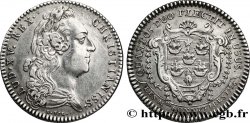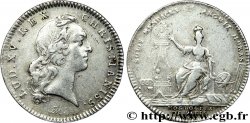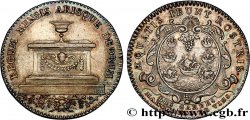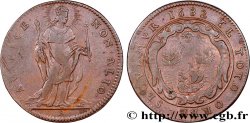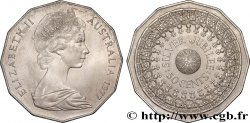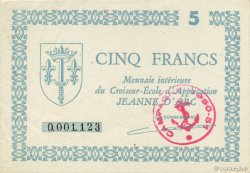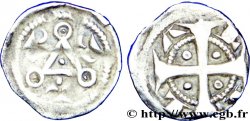Not available.
Item sold on our e-shop (2024)
Price : 300.00 €
Item sold on our e-shop (2024)
Price : 300.00 €
Type : Verriers, Fayenciers, Émailleurs, Patenôtriers
Date: 1767
Metal : silver
Diameter : 29 mm
Orientation dies : 12 h.
Weight : 7 g.
Edge : cannelée
Rarity : R2
Coments on the condition:
Belle patine, état du coin de revers remarquable. Il se trouve rarement aussi frais
Catalogue references :
Obverse
Obverse legend : LUD. XV. REX. CHRISTIANISS.
Obverse description : Buste à droite de Louis XV signé R. FIL [N° 342].
Obverse translation : Louis XV, roi très chrétien.
Reverse
Reverse legend : MDS. VERRIERS. FAYENCIERS. EMAILLEURS. PATENOTRIERS. 1767.
Reverse description : Un oeil et XII dans un cercle suspendu à un noeud. Chapelet, vases et rameaux.
Commentary
Les paternôtriers existent depuis le Moyen Âge, puisque l'on comptait par exemple quatorze d'entre eux à Paris sous le règne de Philippe le Bel.
Ils formaient quatre corporations (ou trois confréries) décrites dans le Livre des métiers d'Étienne Boileau :
patenôtriers d'ambre et de jais (ou jaïs, jayet, gaïet)
patenôtriers de corail et de coquilles de nacre
patenôtriers d'os et corne
patenôtriers de boucles (boules et anneau pour vêtements)
Les apprentis, enfants d'au moins douze ans, passaient entre cinq, huit (os) dix (jais) et douze (corail) années d'apprentissage pour devenir maîtres émailleurs et s'ils prenaient la fuite, le maître patenôtrier devait les attendre au moins une année et un jour. L'entrée dans la confrérie était payante (5 sous).
Voir de nombreux autres détails à http://fr.wikipedia.org/wiki/Paten%C3%B4trier.
Ils formaient quatre corporations (ou trois confréries) décrites dans le Livre des métiers d'Étienne Boileau :
patenôtriers d'ambre et de jais (ou jaïs, jayet, gaïet)
patenôtriers de corail et de coquilles de nacre
patenôtriers d'os et corne
patenôtriers de boucles (boules et anneau pour vêtements)
Les apprentis, enfants d'au moins douze ans, passaient entre cinq, huit (os) dix (jais) et douze (corail) années d'apprentissage pour devenir maîtres émailleurs et s'ils prenaient la fuite, le maître patenôtrier devait les attendre au moins une année et un jour. L'entrée dans la confrérie était payante (5 sous).
Voir de nombreux autres détails à http://fr.wikipedia.org/wiki/Paten%C3%B4trier.








 Report a mistake
Report a mistake Print the page
Print the page Share my selection
Share my selection Ask a question
Ask a question Consign / sell
Consign / sell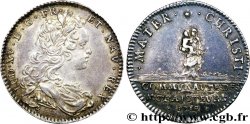
 Full data
Full data